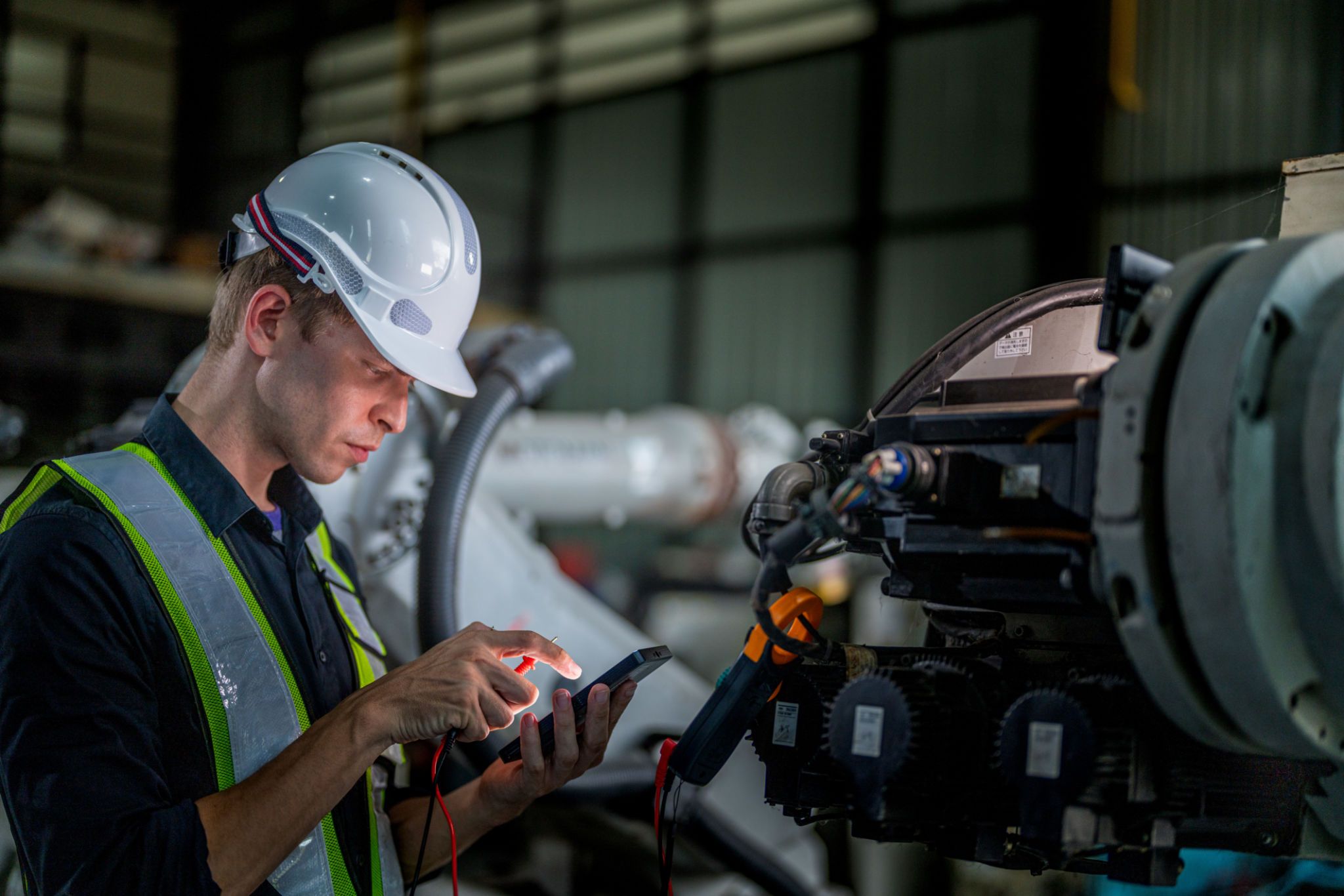Laser Mold Cleaning: A Sustainable Approach to Industrial Hygiene
LL
Understanding Laser Mold Cleaning
In the realm of industrial maintenance, cleanliness is not just about appearance; it's integral to operational efficiency and product quality. Traditional mold cleaning methods often involve abrasive materials or chemical solvents, which can lead to wear and tear on the molds. However, laser mold cleaning offers a revolutionary approach by using laser technology to remove contaminants without damaging the surface.
This advanced method utilizes high-intensity laser beams to vaporize residues such as rust, paint, or other unwanted substances from mold surfaces. The precision of lasers allows for targeted cleaning, ensuring that only the unwanted material is removed while preserving the integrity of the mold itself.

The Environmental Impact of Traditional Methods
Traditional mold cleaning techniques often rely on chemicals that can be harmful to both workers and the environment. These methods can produce toxic waste, require extensive safety precautions, and may lead to environmental degradation if not properly managed. Moreover, abrasive cleaning can lead to mold damage, necessitating frequent replacements and increasing industrial waste.
Laser mold cleaning, on the other hand, is a sustainable alternative. It eliminates the need for harsh chemicals and reduces waste generation. The laser cleaning process produces minimal by-products, primarily non-toxic dust, which can be easily managed with proper ventilation systems.
Efficiency and Cost-effectiveness
One of the most significant advantages of laser mold cleaning is its efficiency. The precision of laser technology ensures thorough cleaning in less time than traditional methods. This speed translates into reduced downtime for manufacturing processes, allowing businesses to maintain productivity.

In addition to time-saving benefits, laser cleaning can be more cost-effective in the long run. While the initial investment in laser equipment may be higher, the reduction in mold wear and the elimination of chemical costs can result in significant savings over time. Moreover, the longevity of molds is improved, reducing the need for frequent replacements.
Applications Across Industries
Laser mold cleaning is versatile and finds applications across various industries. In the automotive sector, it is used for cleaning engine molds and components. The electronics industry benefits from laser cleaning for circuit board molds where precision is crucial. Similarly, in the aerospace industry, where precision and cleanliness are paramount, laser cleaning plays a critical role.

The adaptability of laser technology makes it suitable for a wide range of materials, including metals, plastics, and rubber, further broadening its application scope.
Enhancing Workplace Safety
Unlike traditional methods that may expose workers to harmful chemicals or hazardous dust, laser mold cleaning is inherently safer. The process is contactless and can often be automated, minimizing operator involvement and reducing the risk of injury or exposure to hazardous substances.
The use of lasers also reduces the need for protective gear, simplifying safety protocols and enhancing overall workplace safety. This focus on safety not only protects workers but also contributes to a healthier work environment.
Future Prospects of Laser Mold Cleaning
As industries continue to prioritize sustainability and efficiency, the adoption of laser mold cleaning is expected to grow. With ongoing advancements in laser technology, we can anticipate even greater precision and efficiency in mold cleaning applications.

The move towards environmentally friendly practices is not just a trend but a necessity. By embracing laser mold cleaning, industries can significantly reduce their environmental footprint while enhancing operational efficiency. As such, investing in laser technology represents a forward-thinking approach to industrial hygiene that aligns with both economic and environmental goals.
